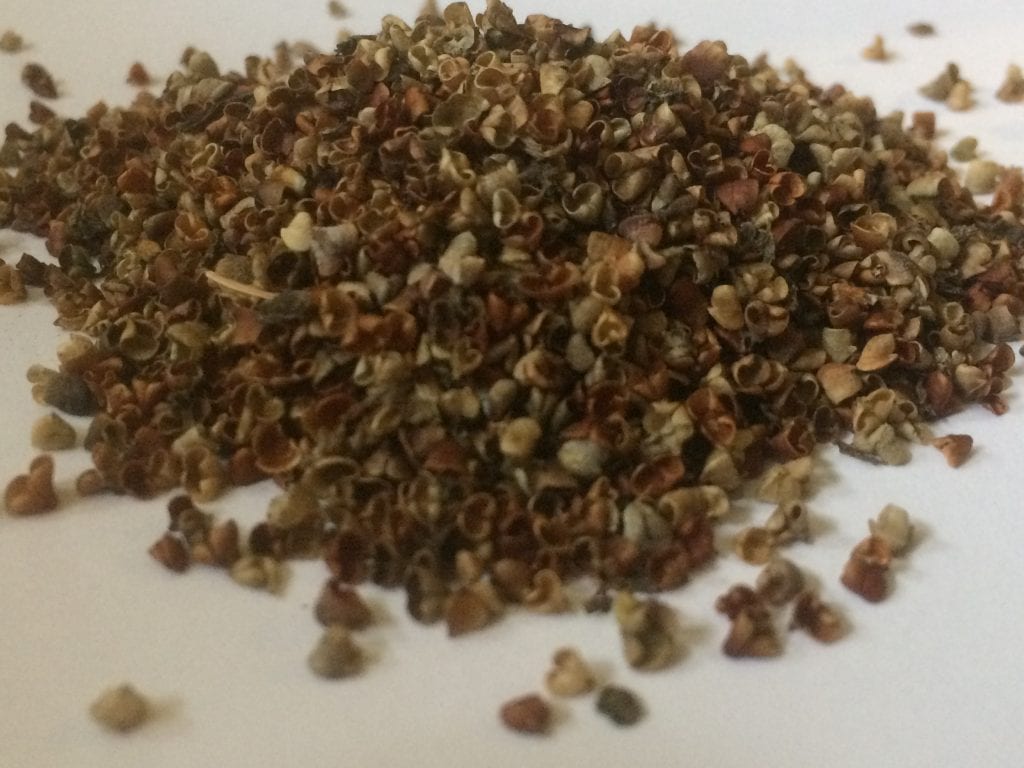Summer Events with KSNS
KSNS will be part of a great lineup of local native plant focused events this summer in southwest Oregon! Come along to learn and have fun!
Tour the Troon Vineyard Native Plant & Pollinator Botanical Garden created by Klamath-Siskiyou Native Seeds
June 20, 2024 10am-Noon
A free event to see up to 94 species of native plants all in one beautiful location! Registration requested.
In December 2020 Klamath-Siskiyou Native Seeds installed a half-acre native plant and pollinator botanical garden at Troon Vineyard in the Applegate Valley. To date, 94+ species of native plants have been established in the garden, primarily from direct seeding, with some native planting from nursery plants. With paths and plant signs to guide you through the botanical garden, and views out towards the Applegate foothills and Grayback Mountain, the Troon Vineyard Native Plant Botanical Garden provides an easy and delightful place to learn about native plants, pollinators, and a demonstration about how to incorporate more native plants into the farm and vineyard setting.
Suzie Savoie of Klamath-Siskiyou Native Seeds will walk tour participants through the paths of the botanical garden, providing detailed information for various species along the way, including:
• Plant identification
• Plant habitat in the wild
• Pollinator ecology
• Plant propagation and establishment methods in the garden
• Plant care and at-home gardening recommendations

Register to receive location information.
* Ecological overview of the location
* Brief history of the property and goals
* Techniques and timeline of how the seeding project was established: seed collection, seeding methods, species selection, etc.
* Invasives / how to deal with them
* Success of initial seeding – what species did well, what didn’t establish
* Focus on specific species with a walk around
* Pollinator and wildlife use of seeded area
* Walk to seed collection sites for the fall
* Ethical seed collection
* Legal requirements for seed collection on public land, personal use vs. commercial use
* Timing of seed collection
* Materials are needed for seed collection
* Invasives / how to deal with them
* Elevational belts: How understanding elevational differences between seed collections is important forrestoration and landscaping uses of native seeds
* How to use the seed: direct sow, nursery plants, seed treatment requirements, etc.
* How to collect seeds of different species
* Rough seed cleaning with basic implements
* How to direct-sow chaffy seeds, or partially cleaned seeds
Participants will take home seeds for further drying and cleaning.

This field trip series has been amazing so far! We have led four of the eight trips, and each one has been so full of information and gorgeous flowers, interesting rare conifers, and wild views of the Siskiyous. There are four more trips to go this summer! Come join us! Registration is almost full for most of the remaining dates, so register soon!
This summer Suzie and Luke from Klamath-Siskiyou Native Seeds, along with other amazing local botanists, are helping lead 8 different field trips to visit all 25 conifer species that grow in the Siskiyou Crest region in southwest Oregon and northwest California.
We have coordinated the field trip series as a fundraiser for Applegate Siskiyou Alliance, a local conservation and advocacy organization that Luke is the executive director for.
The Siskiyou Crest Conifer Field Trip Series highlights the 25 species of conifers that grow in the Siskiyou Crest region. From moist, low elevation, forested canyons, to dry, rocky ridgelines at high elevations, the field trip series will visit each conifer species in the wide variety of ecosystems they inhabit.
Each field trip will be led by Luke Ruediger of Applegate Siskiyou Alliance, and Suzie Savoie of Klamath-Siskiyou Native Seeds, as well as expert botanists and ecologists from around the region, including: Wayne Rolle (Little Grayback trip), Romain Cooper (Sucker Creek Trip), Julie Spelletich & Richard Callagan (Anderson Butte trip), Scot Loring (Sundew Lake trip), Barb Mumblo (Big Red/Dutchman/Tamarack & Whisky Peak trips), Matt Dybala (Miller Lake trip) and Julie Kierstead (Mt. Ashland trip).
The field trips will discuss a wide variety of topics related to the specific conifers visited, and depending on the trip, will also cover general ecology, botany, biodiversity, habitat connectivity, wildlife associations, non-vascular plant associations, fire ecology, and they will be fun adventures at popular destinations, as well as remote, backcountry areas that are seldom visited. Field trip leaders will point out and help identify wildflowers, shrubs and other tree species during the trips as well.

















































































